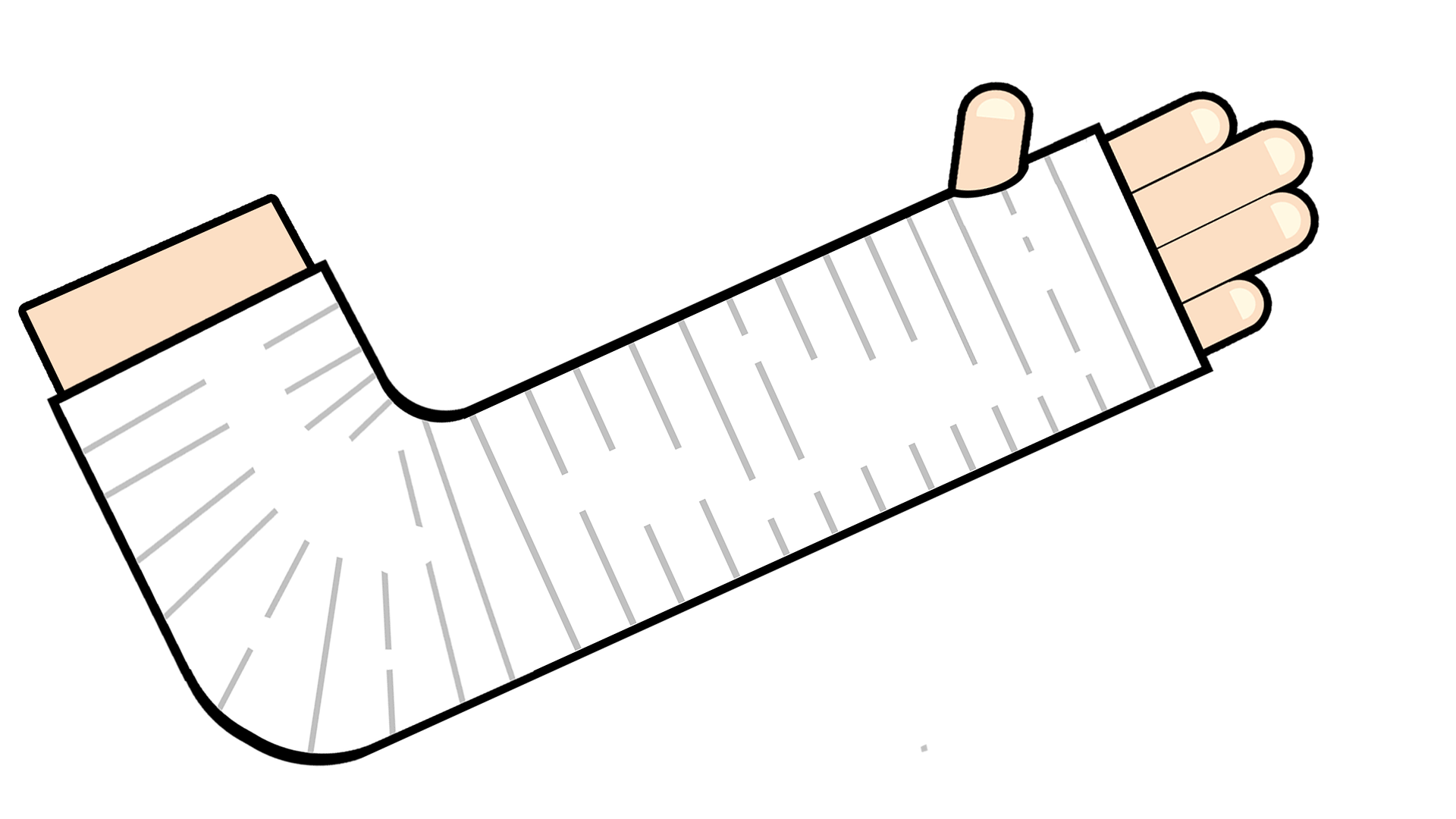It is common knowledge that taking part in sports increases your risk of broken bones and other damage to most parts of your body. However, not all injuries need to result in a complete cessation of exercise. Continue reading for our top tips for relieving the pain caused by common arm injuries.
Before embarking on a fitness regime after breaking a bone or injuring yourself in a serious way, it is vital that you seek professional medical help. Although we can advise things that most people are able to do, we are not aware of the intricacies involved in everyone’s injuries.
Broken arm or wrist
It might seem all doom and gloom following a break, but it doesn’t have to be that way. Your GP will advise you on the best kind of painkiller to take to ease the pain should it be worsening or unbearable at any point. However, endorphins can make you feel better naturally about the injury, hence why ceasing exercise completely is a bad idea. Brisk walking is a great way of getting back into exercise. If you have a static bike at home or access to one in a gym, that is another good option as you can use one arm to hold on if necessary. Working on the areas of your body that are uninjured is another possibility. Legs and abs workouts can be adapted to take into account your lack of balance due to the arm being out of action.
Broken finger or thumb
This is far less severe than a broken arm or wrist, yet can still feel incredibly painful. Whilst waiting for a medical assessment, apply ice to the affected area to reduce the swelling and numb the pain. Strapping up the affected finger to its neighbour prior to exercise will allow you to carry out the majority of exercises as you previously did. Often, to regain full use of the finger or thumb once it’s healed (usually two to eight weeks after the initial break), you need to use it as you did before. This will prevent stiffness. Although it may hurt, it is vital to do this.
Tennis elbow
Also known as lateral epicondylitis, tennis elbow is caused by overworking the muscles and tendons near to the elbow joint. As the name suggests, tennis is one sport that can cause this as you tend to repeat the same action impacting on the same place near the elbow. A tennis elbow brace is a great option as it supports the area affected and prevents you from causing further damage. Of course, it is possible that you may need to cease the activity which caused the condition for a number of months.
Muscle Strain
This can be incredibly painful and often the result of fatigue, overuse or incorrect technique. For example, you may have been weight training and not been in the correct position. Not warming up adequately prior to exercise increases your risk of incurring an injury like this. It depends on what you have done precisely as to what treatment is best, but resting initially is always advised. Using ice on the affected area, elevation and compression are other options.
Add The Sports Daily to your Google News Feed!







